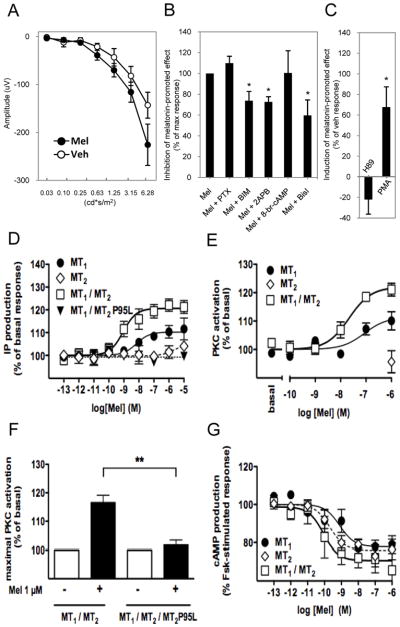Figure 8. Melatonin directly affects mouse photoreceptor function via the PLC/PKC signaling pathway.

(A) The photoreceptor response (a-wave at 7 ms, see main text for details) is significantly increased after the administration of exogenous melatonin. (B) Pertussis toxin (PTX, Gi protein inhibitor) did not affect the melatonin-induced increase in a-wave amplitude at 7 ms (t-tests, P > 0.1), whereas the pan heterotrimeric G proteins inhibitor BIM 46187 or inhibition of the IP3 receptors by 2-ABP significantly reduced the melatonin-promoted increase of the a-wave amplitude at 7 ms (t-tests, P < 0.05). On the other end, activation of PKA pathway by injecting a cAMP analogue (8-Br-cAMP) did not produce a significant effect on the photoreceptor response (t-test, P > 0.1), whereas inhibition of the PKC pathway by Bisl significantly reduced the melatonin-promoted increase in the a-wave amplitude (t-tests, P < 0.05). (C) Inhibition of PKA activity by H89 did not affect the response of photoreceptors to exogenous melatonin (t-test, P > 0.1) whereas activation of PKC by PMA significantly reduced the effect of melatonin of the a-wave (P< 0.05, t-test). Inositol phosphate production (D) and PKC activity (E,F) following stimulation with increasing concentrations (D,E) or 100 nM (F) melatonin was assessed in HEK 293T cells expressing the indicated receptors. (G) Inhibitory effect of the indicated receptors on forskolin-stimulated cAMP production. Data shown in panels A and B represent the mean ± SEM (n= 6–8), whereas data in panels D-G represent the mean ± SEM of at least 4 experiments performed in triplicate (* P < 0.05; ** P < 0.01). Luminance is expressed in candela-seconds per meter squared (cd*s/m2). ERGs in this experiment were performed at ZT 6.
